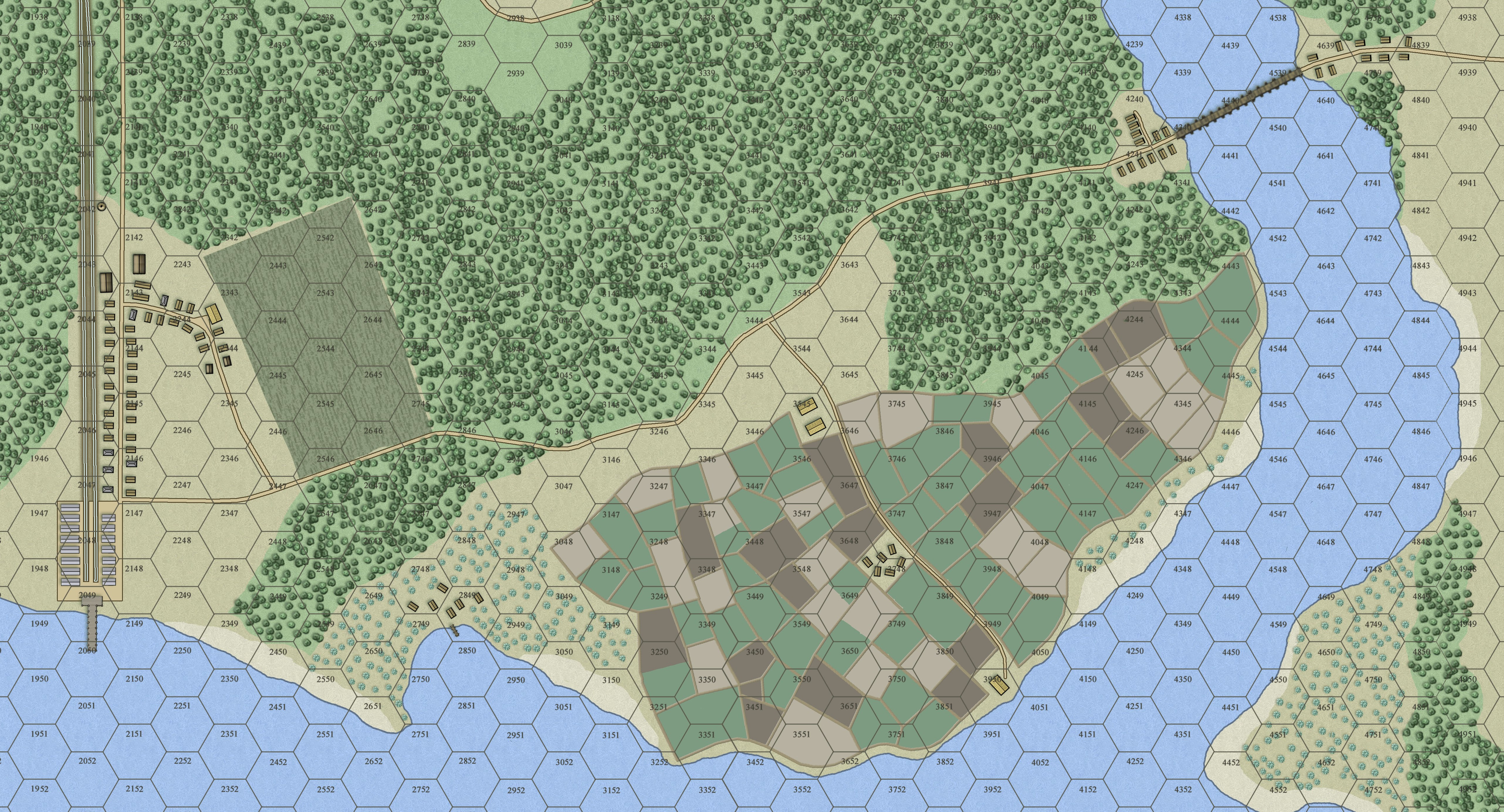(UPCOMING) Campaign Study #2 - Tiger Wings
Martin Caiden's "Ragged, Rugged Warriors" took us into the early days of WW2. Starting with air battles in China in 1937, the book was actually "pre-early days." It was fascinating stuff, where--compared to the Japanese Zero-- the best the Allies could muster was "obsolescent" and then it got worse.
But tactics helped balance the technology, and those early air battles are wonders to explore.
Which brings us to Tiger Wings. The Fighting Wings series of games was designed by J.D. Webster and covers air combat in World War II. The series goes into great detail in attempting to model all aspects of the air war as realistically as possible, which results in a fair amount of complexity. (See Buffalo Wings below, which tried to help.) Tiger Wings is a stand-alone game and also an expansion module of tactical air combat in the Far East in WWII between the Japanese and the Allies from 1941 to the end of 1942.
Each of the games focuses on a particular place and time period and includes a large number of scenarios, Aircraft Data Cards (ADCs), and historical background. The aircraft cards and scenarios in Tiger Wings are fully compatible with the rest of the FW series games. The game is played in three dimensions. Aircraft may be in level, climbing or diving flight. Some may be at higher or lower altitudes than others. Players must mentally visualize the vertical altitude relationship between AC but horizontal relationships will be clearly visible on the map. The rules also allow players to recreate important aspects of WW-II tactical air combat beyond simply the technical aspects of the aircraft involved.
The series began with Over the Reich on the air war over Germany from '43 to '45, followed by Achtung, Spitfire for early European War planes and scenarios, and followed with mid-war Pacific, air battles over the Soviet Union, and our own Buffalo Wings, which covered the struggles between Finland and the USSR and served as a kind of 'intro' to the series, while being fully compatible with everything else. We launched Buffalo Wings with a Kickstarter and added a full print run beyond those backers and still sold out quickly. Let's do it again with an 'on ramp' for Fighting Wings.

Let's take the system to those early war in Asia battles.
Early Japanese air combat doctrine was based on the theory of decisive
individual air combat. Formations were merely the means of getting
a group of fighters to the combat area rather than a tactical tool.
Once there, it was expected that the highly trained Japanese pilots in
their very maneuverable aircraft would engage and defeat opponents
one by one in individual dogfights. If numbers allowed, wingmen
were trained to alternate attacks with their leaders on targets, but
if outnumbered, each pilot was expected to pick his own target and
engage it. This was very much in the mindset of ancient Samurai
warrior duels and the method strongly appealed to the Japanese
pilots. Their training emphasized the dogfight and their aircraft were
designed for agility. Allied pilots played right into their hands.
Allied pilots held to the standard leader with wingmen concept,
wherein an inexperienced wingman (or two if in a flight of three),
followed a more experienced leader around. This was both for survival
and to cover the leader who was the main shooter during a fight. In
principal, this was a better system than the Japanese style of individual
fighting, since the shooter had protection. But this was only true if
combined with proper tactics. Against a numerically superior enemy,
this should involve hit and run diving passes a la the Flying Tigers in China.
Back to the game. Designer J.D. Webster explains:
Tiger Wings will be, essentially, third edition Buffalo Wings, but with most of the BW expansion rules added in and more. Tiger Wings will fall between the full Fighting Wings system and Buffalo Wings in complexity, but Tiger Wings will have a smoother feeling flight rules set.
Is there a WW2 Aviation squadron more famous than the "Flying Tigers?" They are just one of your characters, as you explore the early air war, over China, over Burma, and Malaya, and the Dutch East Indies. You can see lots of possibilities for challenging fights and interesting airplanes.
"Of course, you'll find the famous P-40 in multiple types, and the Japanese Zero and its often confused cousin the "Oscar." But you'll also explore the capabilities of a wide range of Dutch Fokker types and find out if they can stop the Japanese Sally and Kate bombers.

Tiger Wings captures a cool, unusual period in WW2 history (with great historical articles in the magazine!). It's a great addition to one of the most popular air combat games, and brings with it upgrades to the rules, art, components, and more. It's not an appetizer, but we think Tiger Wings is very appetizing! Hope you agree!
The Kickstarter will offer a wide range of stretch goals too, with additional plane types, more scenarios, and maybe even more maps or map additions.
Keep an eye on this space. We expect to launch the Kickstarter in the 4th quarter of 2025.

Tiger Wings and Campaign Study #2 from ATO
Maps - One full color 22"x34" double-sided mapsheet
Counters - 280 full color 1/2" die-cut pieces
Rules length - 20 pages
Charts and tables - 16 pages
Extra Rules, Planes and Scenarios - 40 pages
Complexity - Medium
Playing time - Up to 2 hours
How challenging is it solitaire? - Good
Design - John D. Webster
Development - Terry Simo
Graphic Design - David Freidrichs and Ian Wedge
|